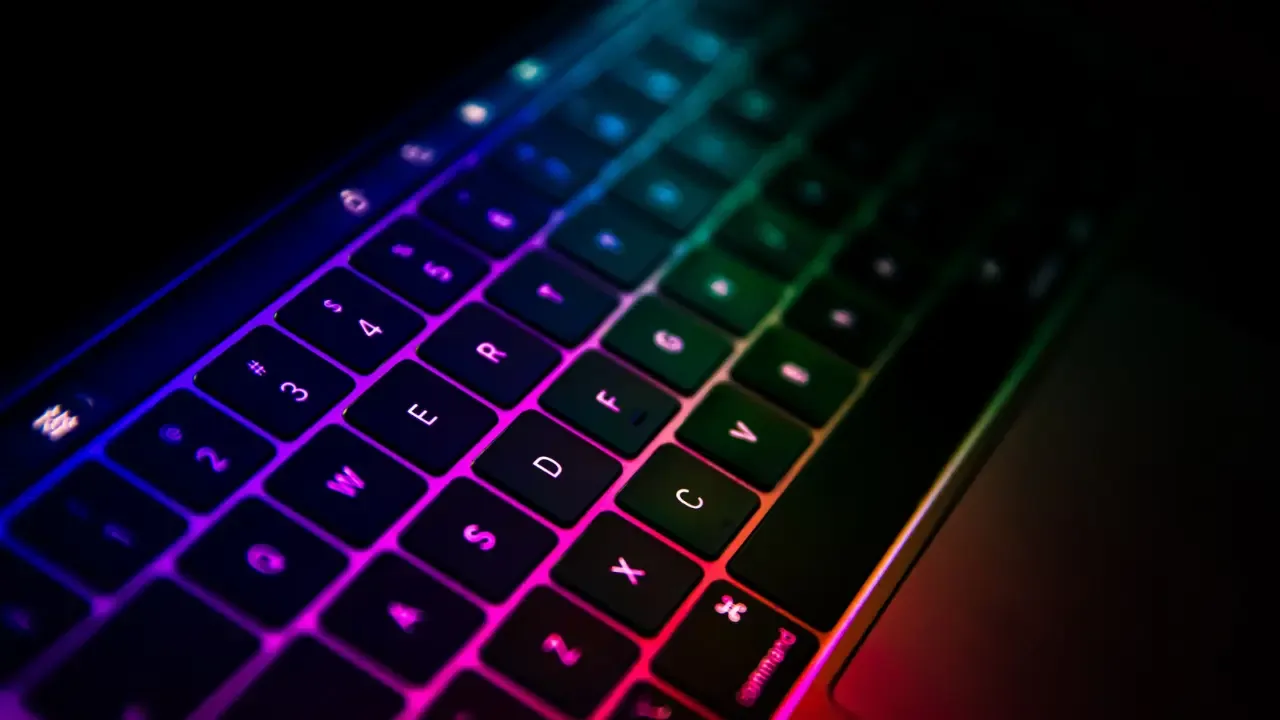Convert UTF-8 encoded NSData to NSString

Converting UTF-8 encoded NSData to NSString: The Ultimate Guide 📚
So, you're dealing with some funky UTF-8 encoded NSData from a Windows server and you need it to be a beautiful NSString for your iPhone app. But hold up! 🚦 These platforms have characters with different values, making this conversion a bit tricky. Fear not, intrepid developer! We've got your back with this ultimate guide. Let's dive in! 💪🏼
Understanding the Problem
The main challenge lies in the fact that certain characters, like the degree symbol (°), have different values on Windows and iOS. The goal is to convert the encoded NSData to an NSString while preserving the correct representation of these characters.
Easy Solutions
Solution 1: Using String Encoding
The simplest way to convert your UTF-8 encoded NSData to an NSString is by using the NSString initializer method initWithData:encoding:. Here's an example:
NSData *utf8Data = ... // Your UTF-8 encoded NSData
NSString *string = [[NSString alloc] initWithData:utf8Data encoding:NSUTF8StringEncoding];Keep in mind that this method assumes the NSData is correctly encoded as UTF-8. If the data is encoded differently, you may need to experiment with different encoding options.
Solution 2: Detecting the Correct Encoding
If you're unsure about the encoding of your NSData, you can try detecting it automatically using the CFStringConvertEncodingToNSStringEncoding function. Here's how you can do it:
NSString *string = [[NSString alloc] initWithData:utf8Data encoding:NSUTF8StringEncoding];
if (!string) {
NSStringEncoding encoding = [NSData stringEncodingForData:utf8Data encodingOptions:nil convertedString:nil usedLossyConversion:nil];
if (encoding != 0) {
string = [[NSString alloc] initWithData:utf8Data encoding:encoding];
}
}This code first tries to decode the NSData using UTF-8 encoding. If it fails, it proceeds to detect the correct encoding using stringEncodingForData:encodingOptions:convertedString:usedLossyConversion:. It's important to handle cases where the data may not be encoded correctly.
Compelling Call-to-Action
Now that you've learned the secrets of converting UTF-8 encoded NSData to NSString, it's time to put your newfound knowledge into action! Experiment with these solutions, test different encodings, and unleash the power of cross-platform data manipulation. Share your experiences and any additional tips you've discovered in the comments below! 👇🏼
Remember, technology is all about continuous learning and sharing. Help your fellow developers navigate these encoding challenges and spread the knowledge. Together, we can conquer any encoding hurdle! ✨
That's all folks! 🎉 Thanks for reading, and don't forget to share this post with your developer friends who might find it helpful. Until next time, happy coding! 💻💖
Take Your Tech Career to the Next Level
Our application tracking tool helps you manage your job search effectively. Stay organized, track your progress, and land your dream tech job faster.



